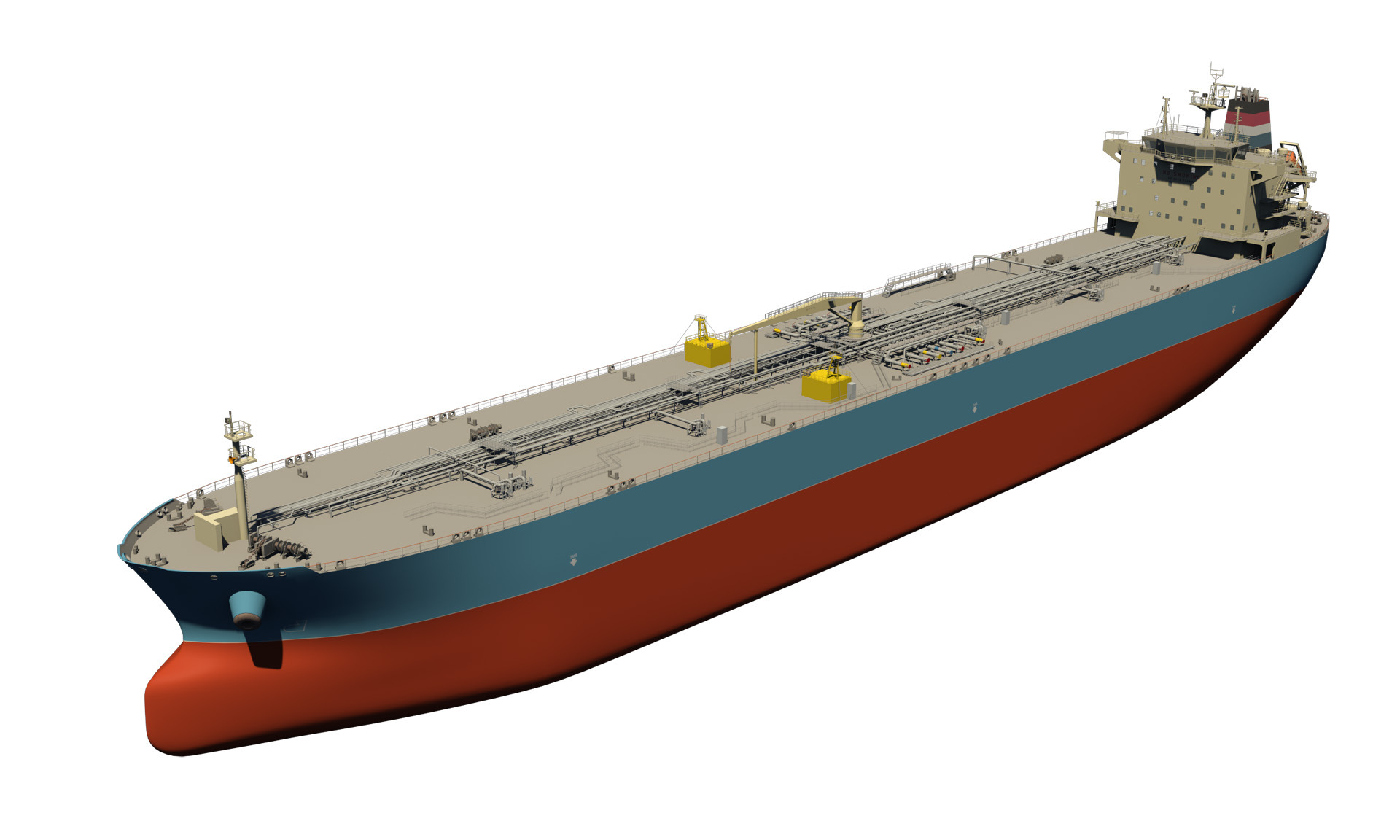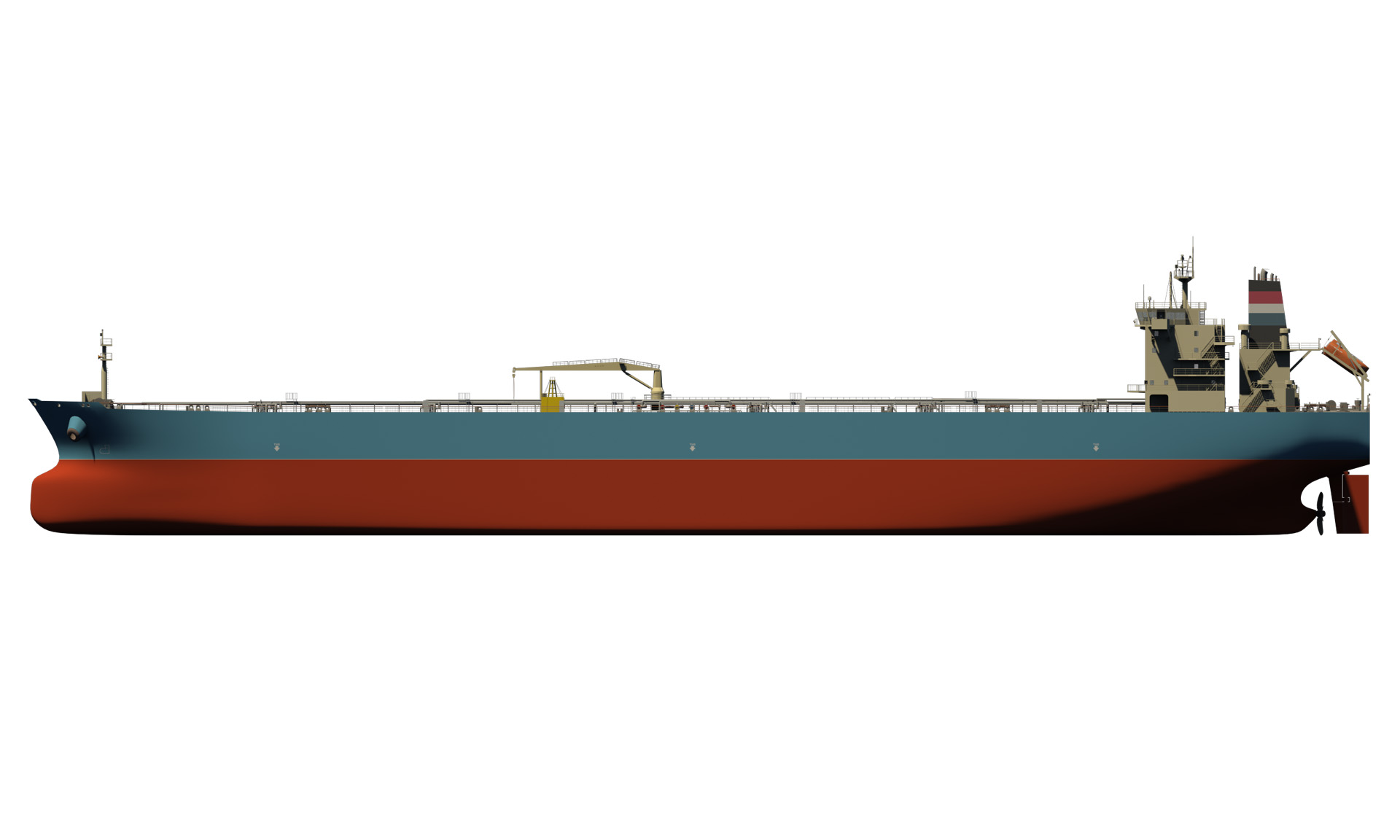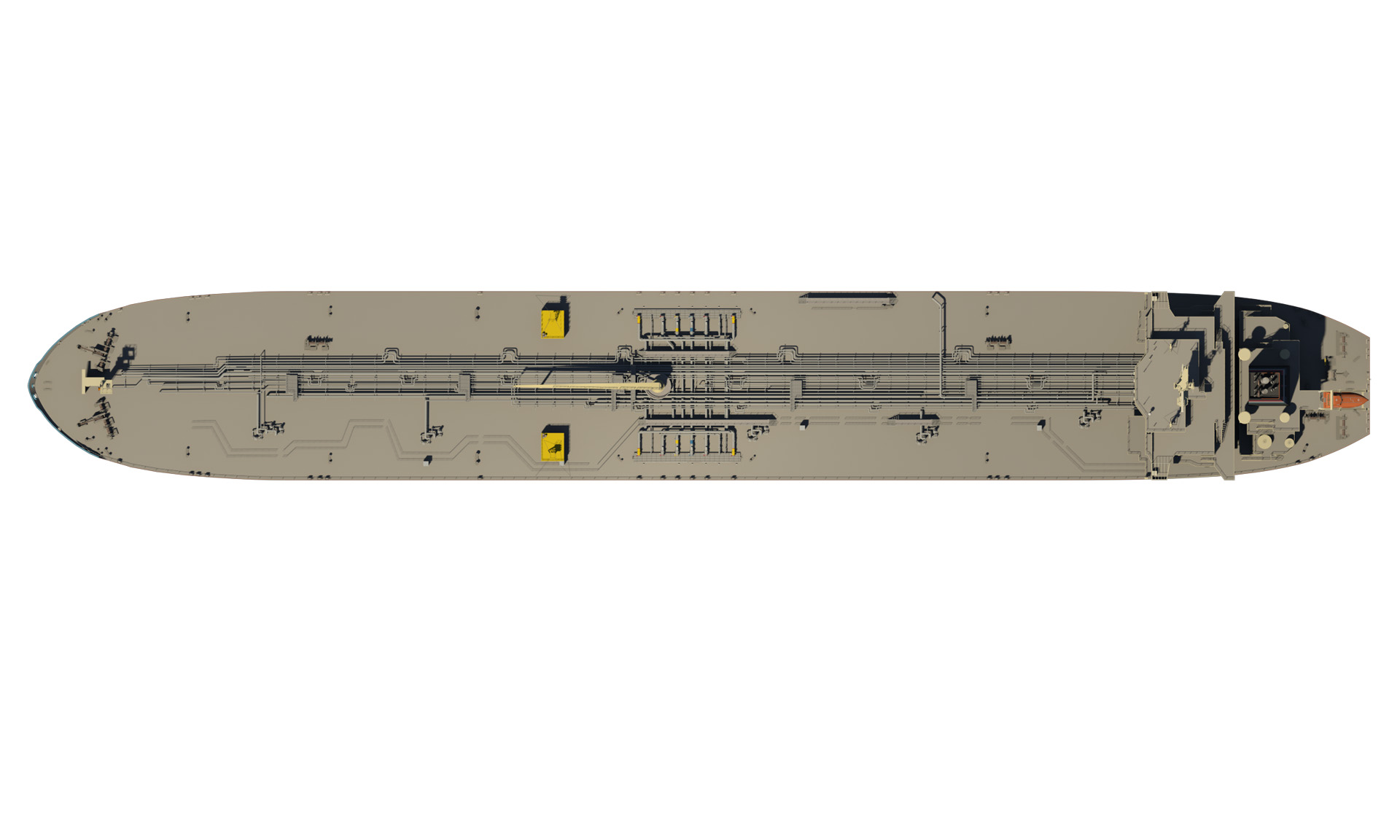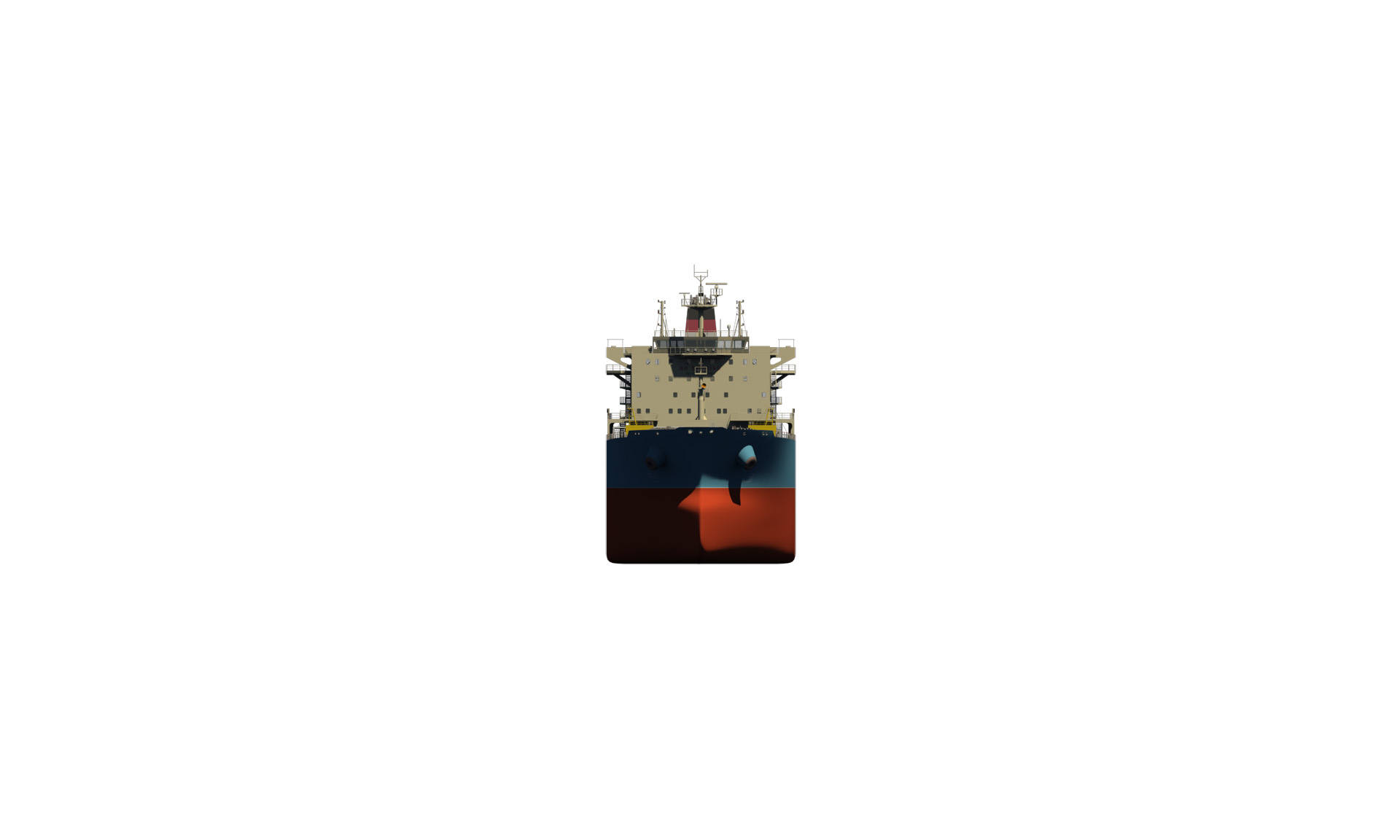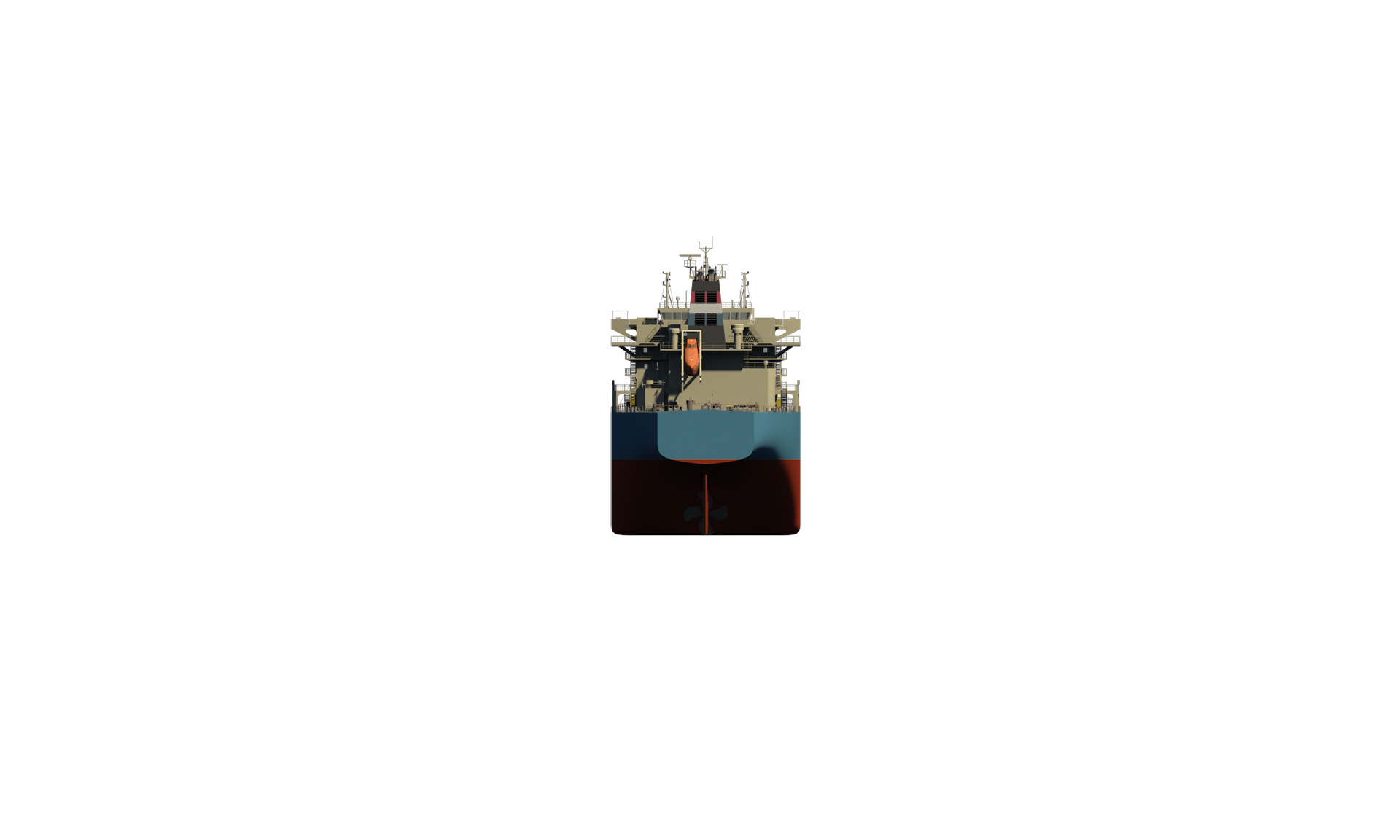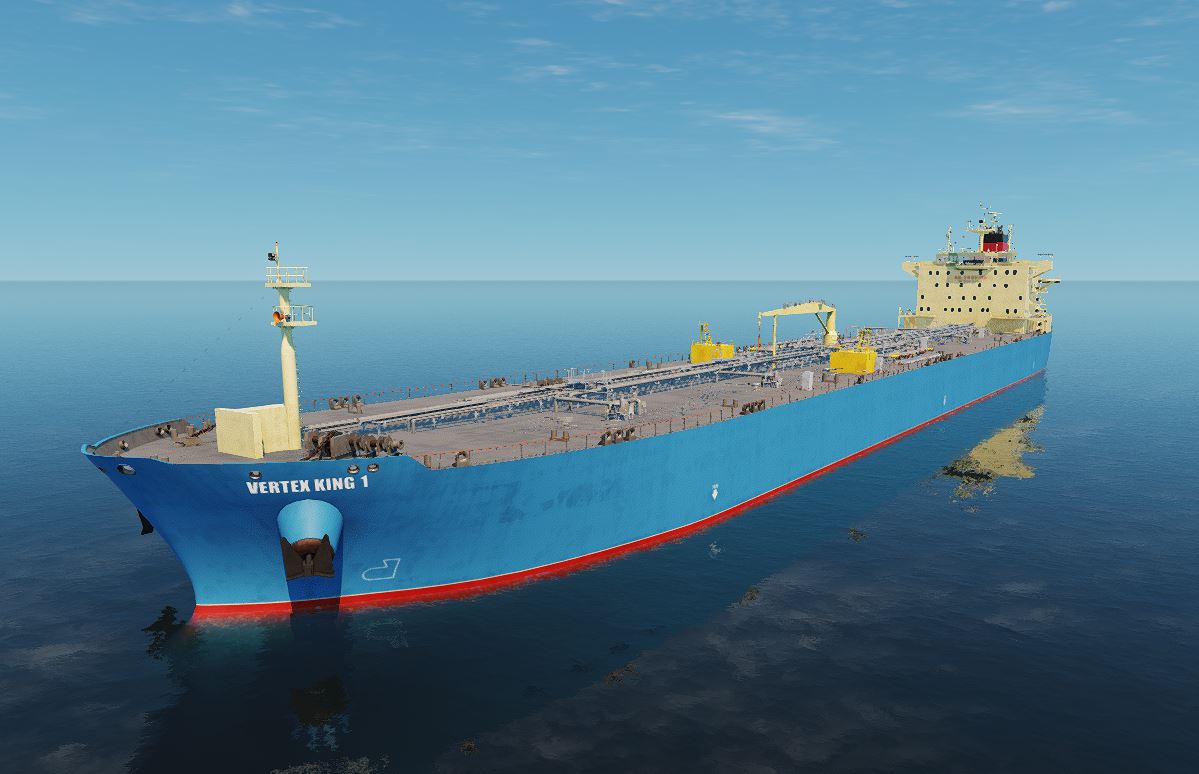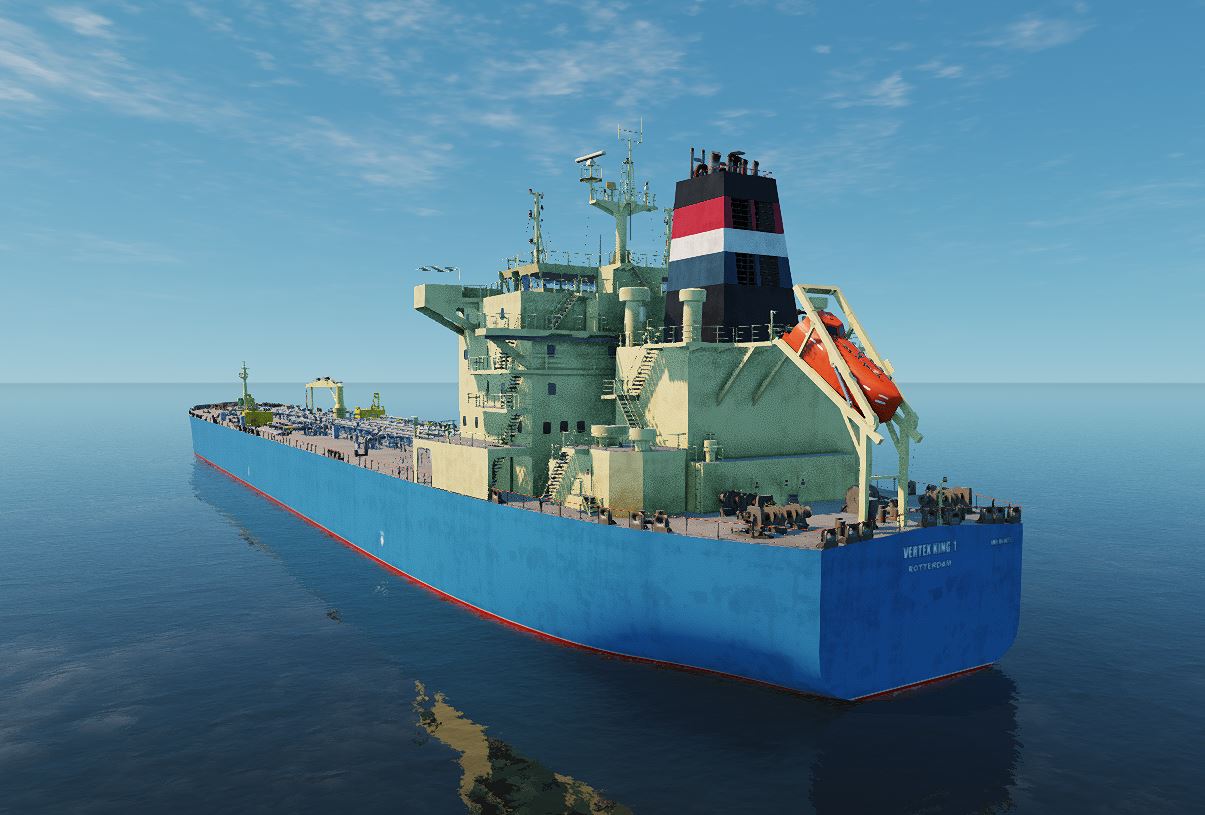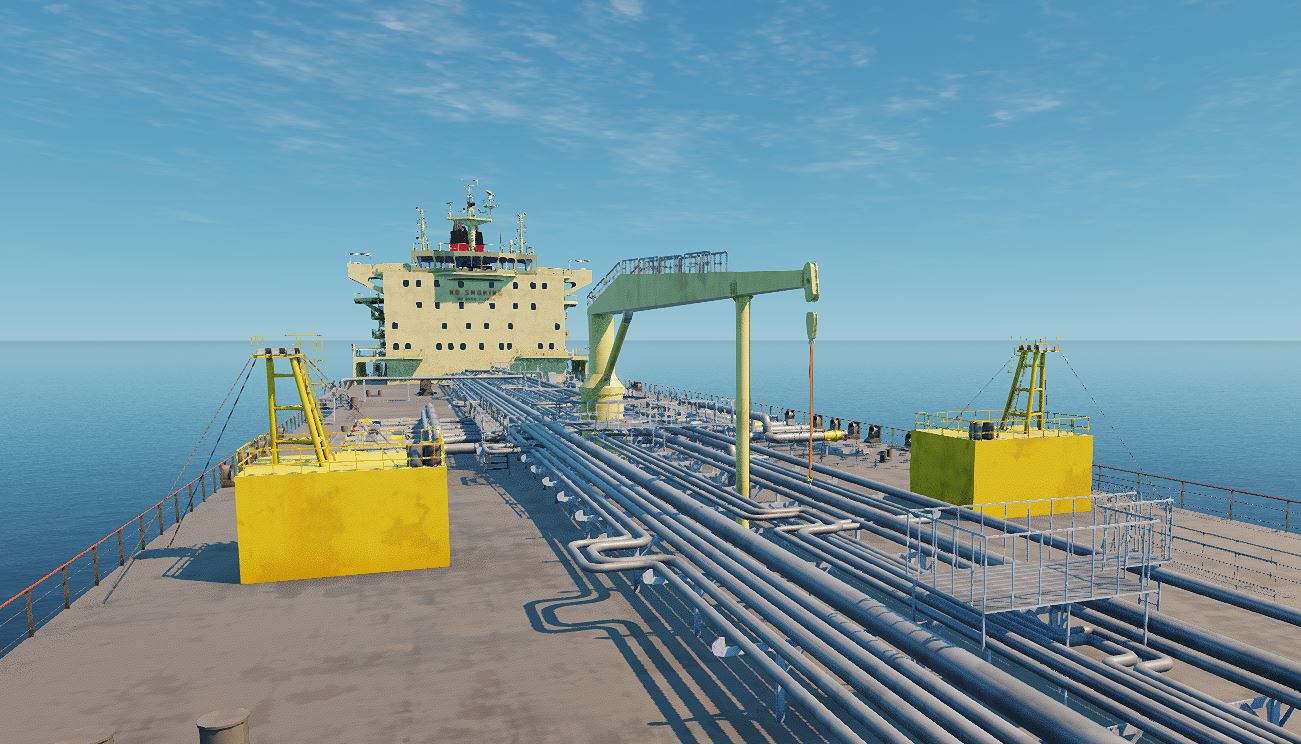
An oil tanker, also known as a petroleum tanker, is a ship designed for the bulk transport of oil or its products. There are two basic types of oil tankers: crude tankers and product tankers. Crude tankers move large quantities of unrefined crude oil from its point of extraction to refineries. Product tankers, generally much smaller, are designed to move refined products from refineries to points near consuming markets.
Oil tankers are often classified by their size as well as their occupation. The size classes range from inland or coastal tankers of a few thousand metric tons of deadweight (DWT) to the mammoth ultra large crude carriers (ULCCs) of 550,000 DWT. Tankers move approximately 2.0 billion metric tons (2.2 billion short tons) of oil every year. Second only to pipelines in terms of efficiency, the average cost of transport of crude oil by tanker amounts to only US$5 to $8 per cubic metre ($0.02 to $0.03 per US gallon).
| Element | Value |
|---|---|
| Name | Vertex King |
| ID | VRTX |
| Type | Tanker |
| Length (m) | 228,3 |
| Breadth (m) | 32,2 |
| Draught (m) | 14,5 |
| Speed (kts) | 14,8 |
| Displacement (T) | 60.000 |
| Propulsion | Conv. FPP (1x) |
| Bollard Pull (T) | – |
| Base Module | No |
| Standard 5 Module | Trainee |
| Standard 10 Module | Trainee |
| Tug Module | No |
| Inland Module | No |
| Naval Module | No |
| Fishing Module | No |
| Marin Module | No |
| Offshore Module | No |

